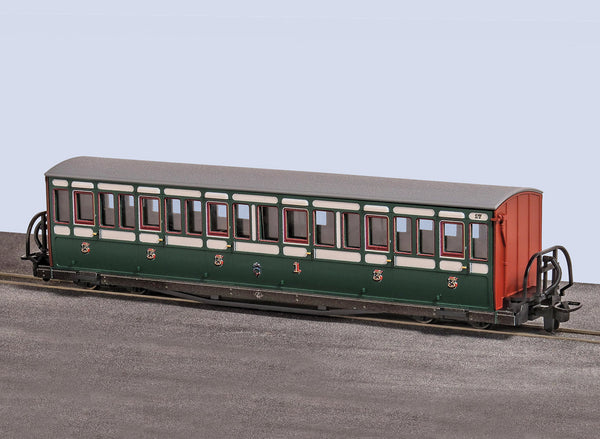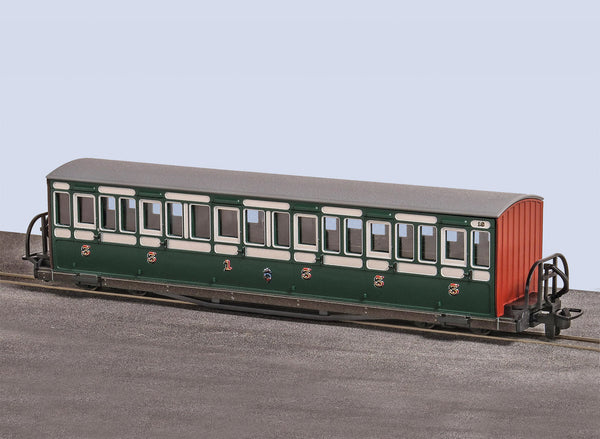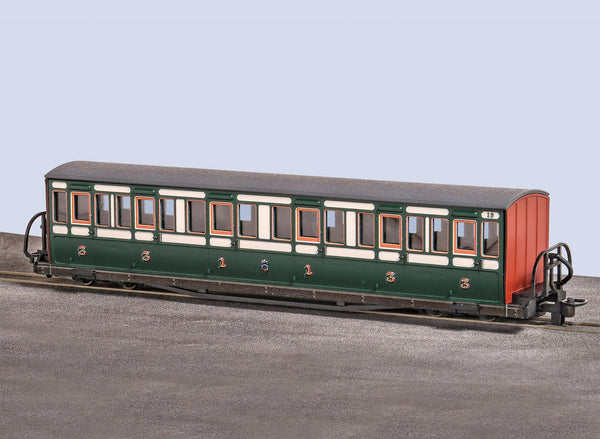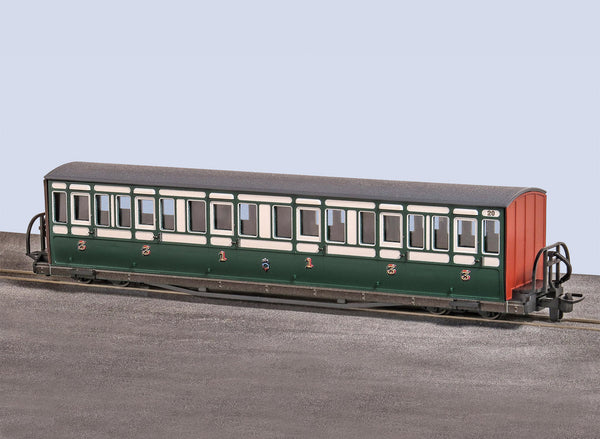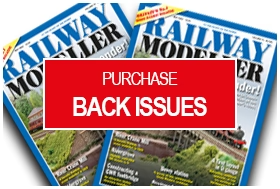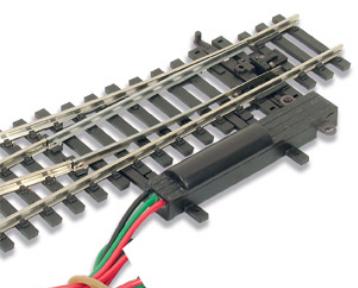DURCHSUCHEN SIE PECO-PRODUKTE
Stöbern Sie durch unser komplettes Produktportfolio.
15 Products Found
FR Short 'Bowsider' Bogie Coach - Early Preservation - Green 17
FR Short 'Bowsider' Bogie Coach - Early Preservation - Green 18
FR Short 'Bowsider' Bogie Coach - Early Preservation - Green 19
FR Short 'Bowsider' Bogie Coach - Early Preservation - Green 20
4-Rad-Wagenfahrgestell
0–16,5 Coach-Teile zur individuellen Anpassung der OR-31- und OR-32 Coach-Bausätze; auch für Selbstbauprojekte.
4-Rad-Wagenfahrgestell
0–16,5 Coach-Teile zur individuellen Anpassung der OR-31- und OR-32 Coach-Bausätze; auch für Selbstbauprojekte.
Hudson Rugga V-Skips (Green)
The familiar Rugga V-Skip 'tipping' wagon design was introduced in the 1930s - a development of the Robert Hudson company, based in Leeds. They could be supplied to the customer's specific requirements, with a skip size ranging from 13.5 to 54 cubic feet (0.38 to 1.53 cubic metres), and in most track gauges. The design allows the skip to tip in either direction, perfect for small industrial railways that needed to move and unload materials quickly and efficiently. The company even boasted that at any one time several thousand could be supplied from stock! These are supplied in an attractive display box of three.
Hudson Rugga V-Skips (Yellow)
The familiar Rugga V-Skip 'tipping' wagon design was introduced in the 1930s - a development of the Robert Hudson company, based in Leeds. They could be supplied to the customer's specific requirements, with a skip size ranging from 13.5 to 54 cubic feet (0.38 to 1.53 cubic metres), and in most track gauges. The design allows the skip to tip in either direction, perfect for small industrial railways that needed to move and unload materials quickly and efficiently. The company even boasted that at any one time several thousand could be supplied from stock! These are supplied in an attractive display box of three.
OO-9 Kleine englische PECO/KATO-Lokomotive – „Prince“
Bewundern Sie die brandneue Ffestiniog Railway Small England 0-4-0ST+T-Lokomotive „Prince“, die gemeinsam von PECO und dem bekannten japanischen Modelleisenbahnhersteller Kato produziert wurde.
Ausgeführt als „Prinzessin“ Nr. 1 und „Prinz“ Nr. 2, beide in kastanienbrauner Lackierung mit historischem Ffestiniog-Eisenbahn-Design.
OO-9 Kleine englische PECO/KATO-Lokomotive – „Prince“
Bewundern Sie die brandneue Ffestiniog Railway Small England 0-4-0ST+T-Lokomotive „Prince“, die gemeinsam von PECO und dem bekannten japanischen Modelleisenbahnhersteller Kato produziert wurde.
Ausgeführt als „Prinzessin“ Nr. 1 und „Prinz“ Nr. 2, beide in kastanienbrauner Lackierung mit historischem Ffestiniog-Eisenbahn-Design.
OO-9 Kleine englische PECO/KATO-Lokomotive – „Prince“
Bewundern Sie die brandneue Ffestiniog Railway Small England 0-4-0ST+T-Lokomotive „Prince“, die gemeinsam von PECO und dem bekannten japanischen Modelleisenbahnhersteller Kato produziert wurde.
Ausgeführt als „Prinzessin“ Nr. 1 und „Prinz“ Nr. 2, beide in kastanienbrauner Lackierung mit historischem Ffestiniog-Eisenbahn-Design.
OO-9 Kleine englische PECO/KATO-Lokomotive – „Prince“
Bewundern Sie die brandneue Ffestiniog Railway Small England 0-4-0ST+T-Lokomotive „Prince“, die gemeinsam von PECO und dem bekannten japanischen Modelleisenbahnhersteller Kato produziert wurde.
Ausgeführt als „Prinzessin“ Nr. 1 und „Prinz“ Nr. 2, beide in kastanienbrauner Lackierung mit historischem Ffestiniog-Eisenbahn-Design.


